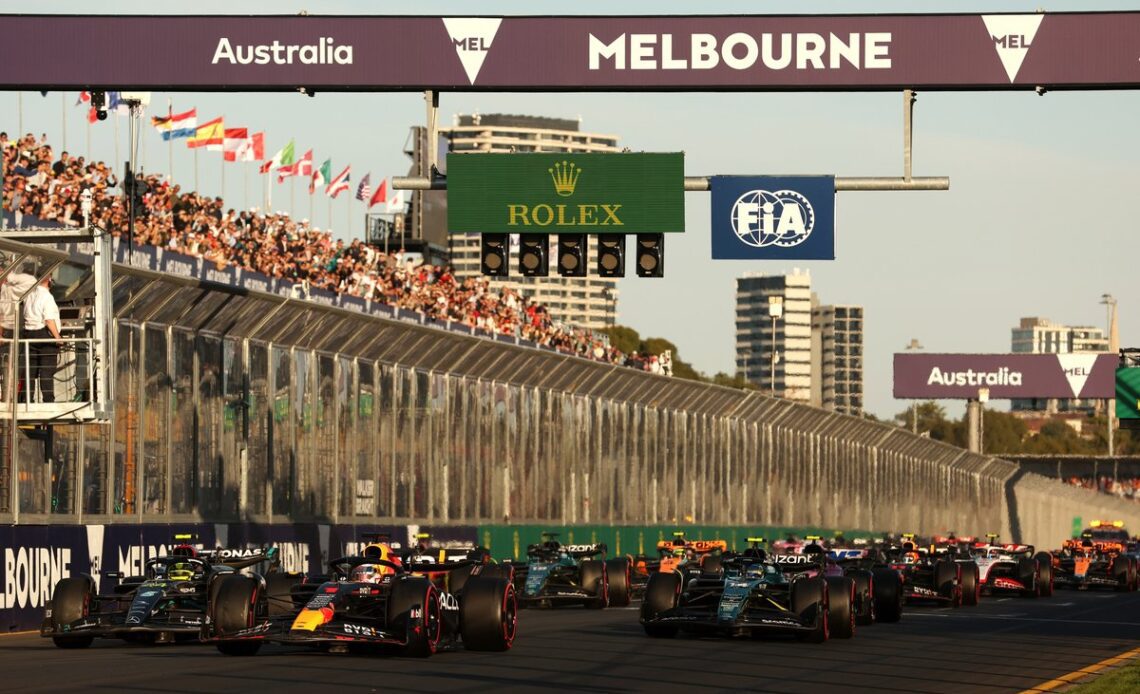An incident-packed Australian Grand Prix was, for those encumbered by a European time zone, certainly worth getting up for. Although another Max Verstappen victory was unsurprising given his and Red Bull’s advantage in the early part of the 2023 Formula 1 season, late chaos threatened to derail the otherwise settled pecking order.
In F1’s first triple red-flagged race (or quadruple, if one counts the late Nico Hulkenberg stoppage), the FIA once again got itself into a pickle with its approach to race direction, and the decision to introduce a stoppage to proceedings after Kevin Magnussen’s wall-bang received criticism in the media – particularly after it precipitated a deluge of chaos on the second restart.
There were other secondary and tertiary storylines festering underneath the thunder Down Under too, with plenty to chew over before F1 takes a nearly four-week hiatus before the next round in Baku. Here’s our usual 10 points of interest following the race at Albert Park.
1. The FIA still can’t decide how to handle late-race incidents
The third start in Melbourne prompted carnage, as many questioned why the race had been stopped following Magnussen’s prang
Photo by: Red Bull Content Pool
When Magnussen splintered his right-rear wheel against the Turn 2 exit kerb, the Dane was able to limp as far as Turn 3 before parking up off the track. With shards of debris littering the track and a car for the marshals to move, it looked as though the latter stages of the race would be destined to end under the safety car. After all, that’s how proceedings ended in last year’s race at Monza, although this came with pockets of outcry that the race was allowed to fizzle out.
Perhaps that outcry was the reason why FIA race director Niels Wittich instead elected for the red flag to be flown, effectively guaranteeing that the 16 drivers left in the race could battle until the end. But it didn’t quite work out that way.
Instead, unbridled mayhem ensued. Carlos Sainz hit Fernando Alonso, Pierre Gasly put himself and Alpine team-mate Esteban Ocon into the wall, and the order was shuffled like a deck of cards before another red flag enacted a further halt. Thus began further confusion with a lap left to run: would the FIA stick with the resulting order, or revert to the initial starting order sans those forced into retirement?
It opted for the latter, prompting an official protest from Haas as Nico Hulkenberg got up to fourth, but this was
Click Here to Read the Full Original Article at Autosport.com – Formula 1 – Stories…

